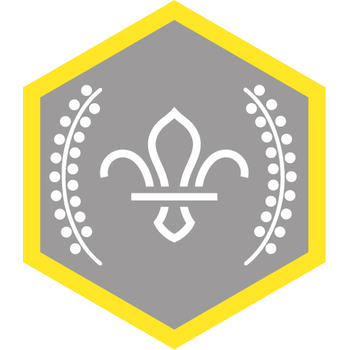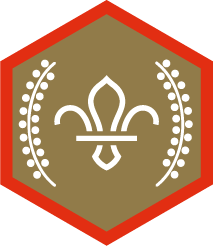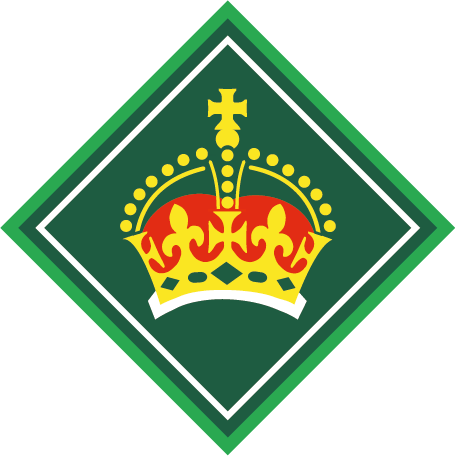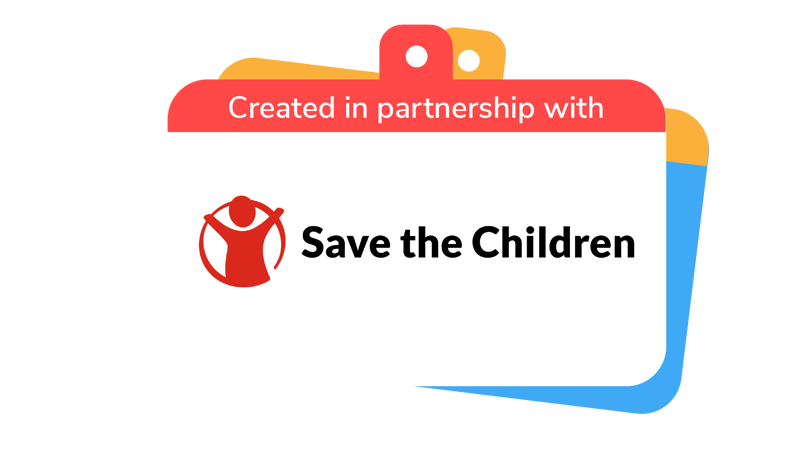
Welcoming signs
You’ll need
- Coloured pens or pencils
- A4 paper
- A4 card
- Craft materials (for example, tissue paper, pipe cleaners, stickers)
- Familiar symbols sheet
Chat about challenges
- Everyone should get into pairs or groups of three.
- Each group should think about some of the challenges people face when they arrive in a new town where they don’t know anyone.
The person leading the activity could prompt everyone with some questions, for example, how would they find their way around, or find their way to a toilet or somewhere to eat? How would they stay warm and dry on a wet day, or find shade and water on a hot day? How would they find friendly people, or a way to live and fit in?
- Everyone should come back together and share some of their thoughts.
- Everyone should chat about what additional barriers that could make it even more difficult. For example, if people are disabled (do they have specific needs?), age (what about people who are very old or very young?), gender (would gender make it easier or harder?), and language (how would it feel to not understand?).
- Everyone should come back together and share some of their thoughts.
- The person leading the activity should explain that these are difficulties refugees and displaced children sometimes face after they’ve fled their homes. They often don’t know the country they’ve found themselves in, let alone speak the language.
Choose a welcome
- Everyone should split into groups of about four people.
The easiest way to do this is for two pairs to join together. It doesn’t matter if some groups have five (or even six) people.
- Each group should think about places that could give a friendly welcome to displaced children and refugees, for example, schools, shops, libraries, town halls, sports centres, or doctors’ surgeries. Who might be able to help them with any questions or problems they may have?
- Everyone should join together and share ideas. Someone should keep note of the most common ideas.
- Each group of four should think about how to share this information with someone new to the town – they can’t be there to meet them, and they can’t send them a map. How else could they show them all the great places offering help or a friendly reception?
- Everyone should join together and share ideas. The person leading the activity should note them all down – maybe they could use some later.
- If anyone mentions a sign, the person leading the activity should explain that Save the Children agrees. If no one mentions signs, the person leading the activity should introduce the idea and ask people if they think it could be useful, before explaining that Save the Children think so too.
What’s in a sign?
- Everyone should get back into their groups.
- The person leading the activity should give each group a copy of the ‘Familiar symbols’ sheet.
- Everyone should try to name as many symbols as they can – what do they mean or show? They could chat about their answers or jot them down.
- Everyone should come together and share their answers. Were some symbols trickier than others?
- Everyone should chat about what makes these symbols so effective. They could think about colour and shape, for example.
Make a sign
- Everyone should work together to design a ‘welcoming symbol’ that sends the message that a place is ready to give a friendly welcome (and a helping hand) to refugees and displaced children. They should work together to decide on the basics, for example, shapes and rough colours. They should avoid using any words, as the people using their sign may not speak their language.
- Everyone should make their own version of the sign using the pens and craft materials. They’ll all be a bit different, but the basic symbols should be the same. People could add flourishes, for example, or vary the shade of colours slightly.
Display the signs
- Everyone should think back to the places they thought would offer a friendly welcome. Someone should jot down a list, and someone else should help them research. It may be that there’s more than one doctors’ surgery, for example.
- Everyone should work with an adult to get in touch with all of the places on their list. They may want to pop in to see people, or they could send an email or call them if they have their details. They should explain why they’ve created signs, and ask if the place will display one of the signs they’ve made.
- Everyone should thank anyone who’s happy to display their sign and explain how it could make a real difference. They should ask if they’re allowed to take a photo of the sign, and whether they mention the place in any media they create.
- It’s likely that, even if lots of places says yes, there won’t be a new home for everyone’s sign. People could vote for which signs they think should be stuck up around their community.
- Everyone should think of a use for the signs that won’t be displayed. Could they take them home and ask someone to display them at work? Perhaps they could take them to school and ask to display them there?
- Everyone should share their successes, for example, on social media or through local newspapers. They should make sure that they have permission to use any photos or name any businesses or services.

This activity helps contribute towards some of the UN's Sustainable Development Goals. Find out more about the SDGs, and how Scouts across the world are getting involved.
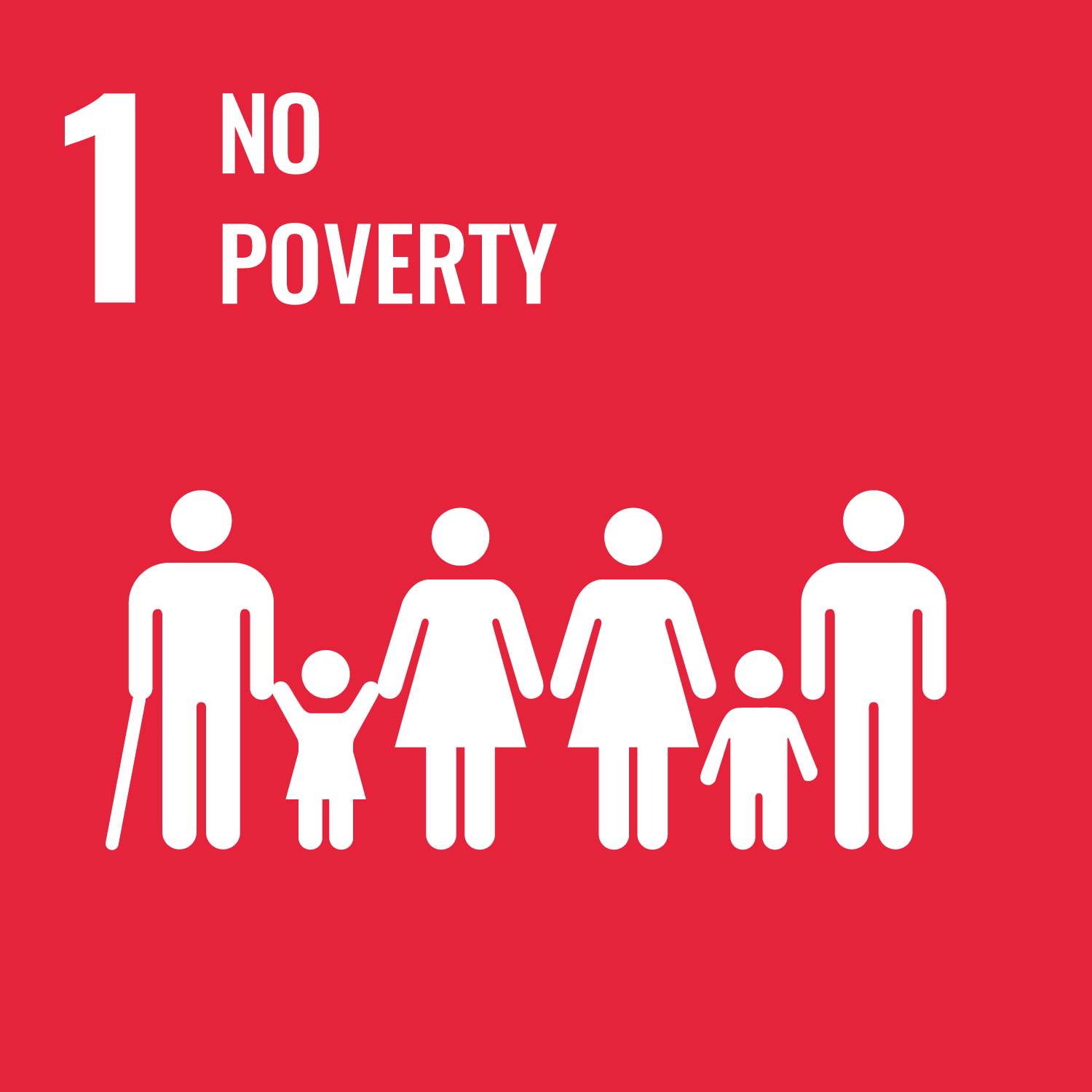
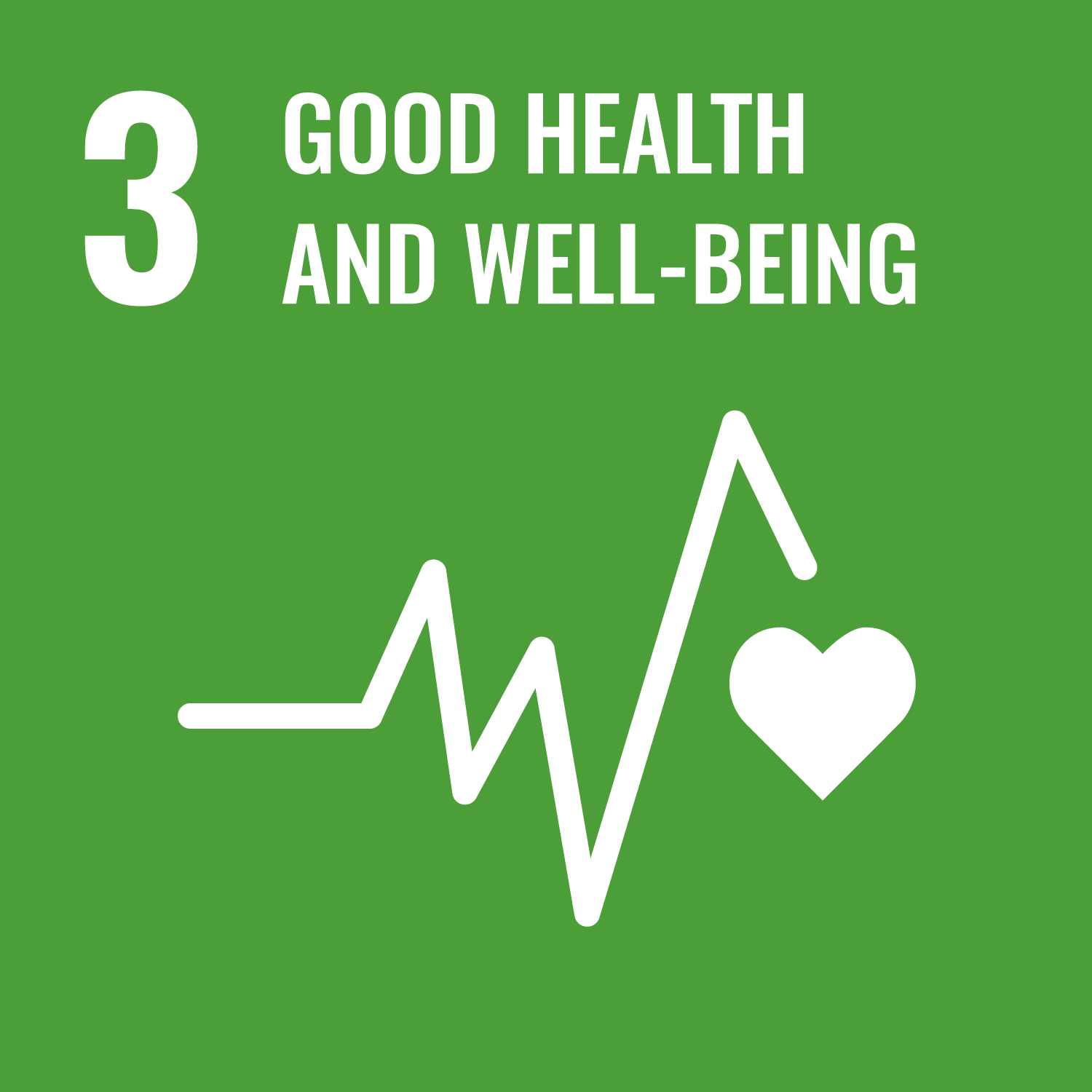
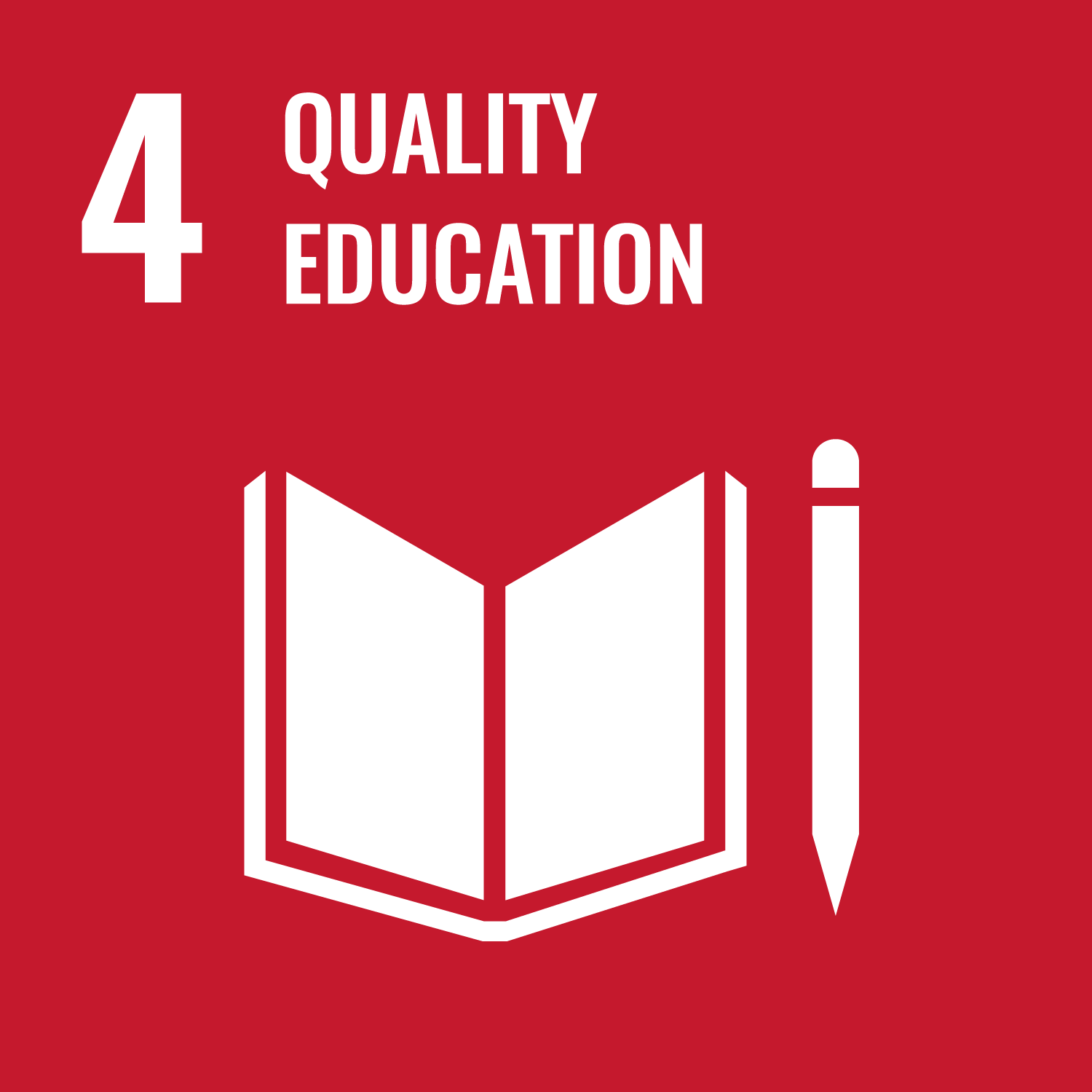


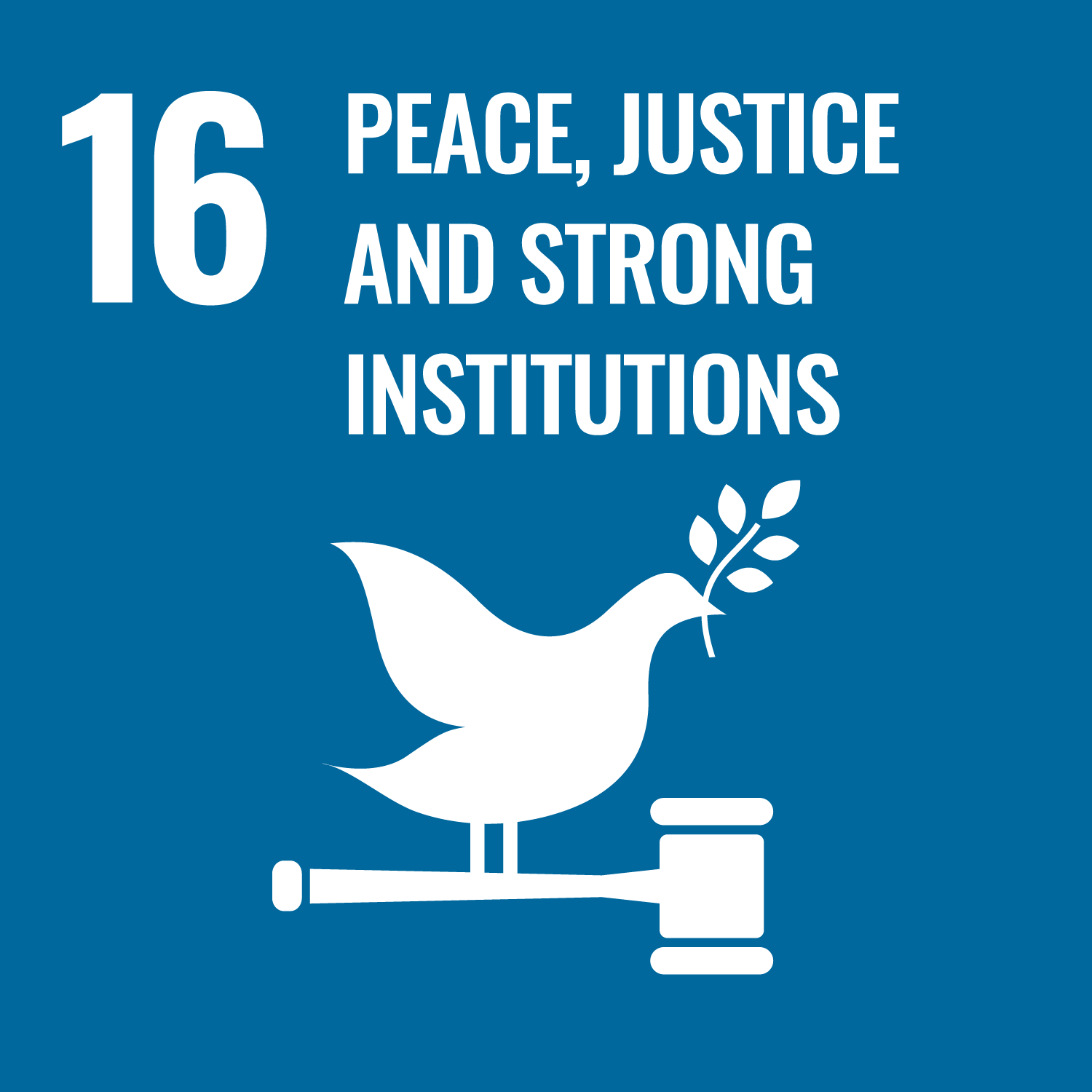
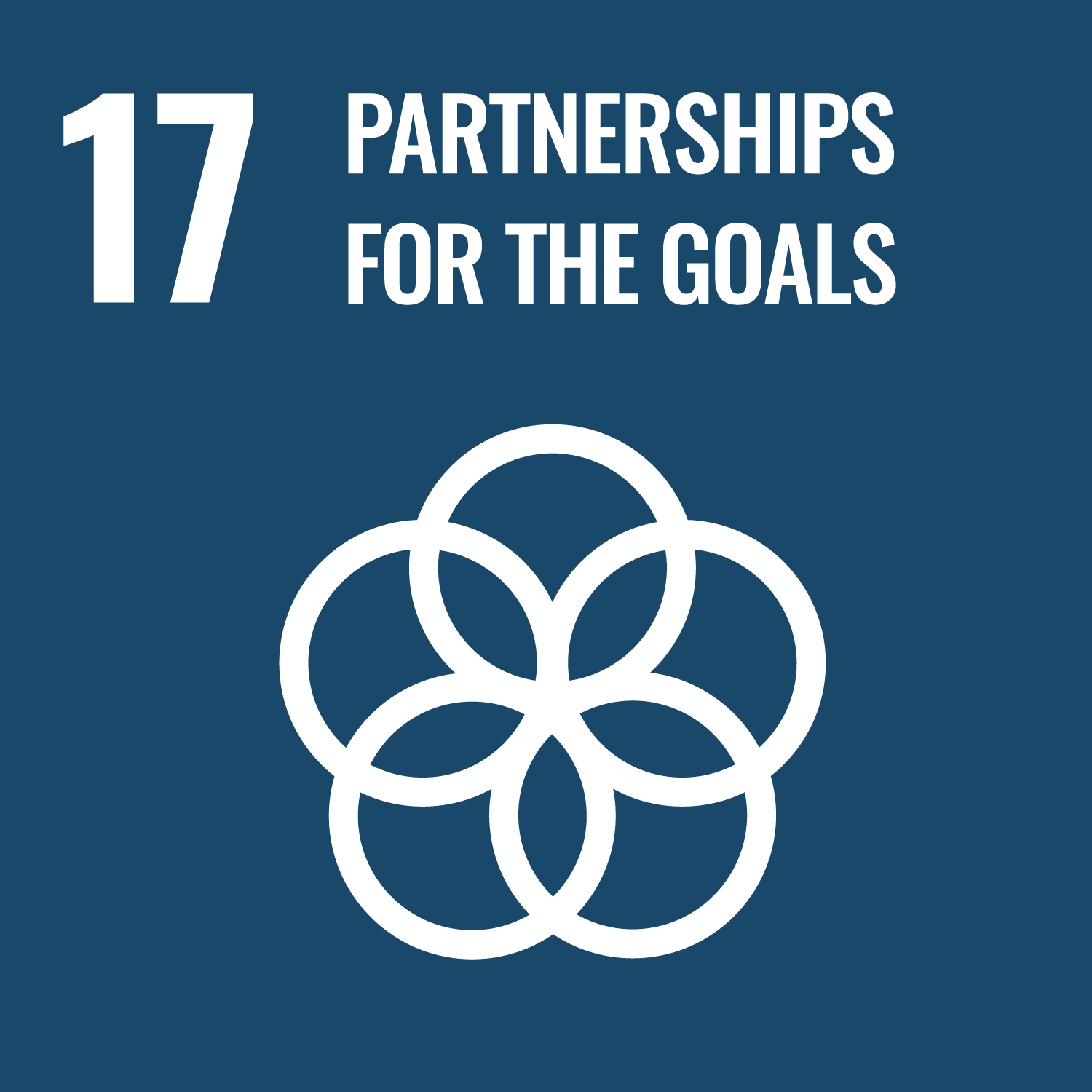
Reflection
This activity was about helping your community to welcome new members. What were people expecting to happen when they talked to people? Did anyone’s reactions surprise them? What stands in the way of accepting and welcoming difference? Sharing signs and information is one way people can encourage positive feelings for people who are viewed as being ‘outside’ the local community. What else can people do to encourage positive feelings and help refugees and displaced children?
This activity also helped people to communicate. What was it like to try and communicate through a sign? Was it easier or trickier than using words? Did people find it easy to have conversations with business and service owners? Did they understand their points of view? How else could people share helpful information with refugees and displaced children?
Safety
All activities must be safely managed. You must complete a thorough risk assessment and take appropriate steps to reduce risk. Use the safety checklist to help you plan and risk assess your activity. Always get approval for the activity, and have suitable supervision and an InTouch process.
- Outdoor activities
You must have permission to use the location. Always check the weather forecast, and inform parents and carers of any change in venue.
- Hiking and walking
Follow the guidance for activities in Terrain Zero, or the guidance for each the adventurous activity.
- Road safety
Manage groups carefully when near or on roads. Consider adult supervision and additional equipment (such as lights and high visibility clothing) in your risk assessment.
Why not get other groups in your town involved. You could create more welcome resources together, for example, a welcome charter to go with the sign that lists how people will be welcomed and treated.
This activity may be difficult for people who have experience of being a refugee or displaced child. Speak to them (and their parent or carer) beforehand, so you can create a plan for how to make it manageable. For example, would they prefer to share their experience or not? Are there any specific examples or situations you should avoid mentioning? If you’re not sure how people in your community will respond to your request to display a sign, you may want to contact them first or take other steps to make sure people who have been refugees or displaced aren’t exposed to upsetting discussions. If any of the people you ask say anything that your young people find upsetting, make sure to talk with them (and their parent or carer if appropriate) afterwards.
You could make a three-dimensional sign using craft materials, so it’s textured. You could also explore making audio signs. People could also design on a computer if this works better for them.
Before you head out to visit anywhere in the community, make sure you’ve planned ahead for anyone with access needs. Do you have an accessible route, and will your destination be accessible too?
All Scout activities should be inclusive and accessible.
Ask your local newspaper to help you promote your new symbol – or head to a local council meeting and ask if they’ll adopt it. You could reach out to local schools, too, and ask to do an assembly about the symbol and welcoming refugees and displaced children.
You could up the scale and run a competition with groups from your area to finalise a universal symbol for everyone to use. Make sure you explain the purpose and message (and let people know that words aren't the most helpful thing).
Discover more at https://www.savethechildren.org.uk/

